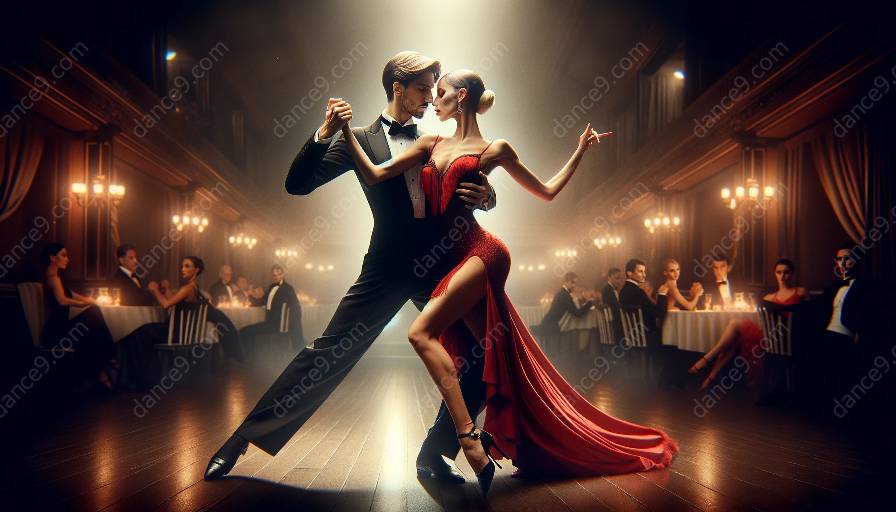Tango is more than just a dance; it's an expression of culture, tradition, and passion. Understanding the gender dynamics and roles in traditional tango dance partnerships provides insight into the rich history and cultural significance of the dance form.
Historical Context
In traditional tango, there are clear gender roles that have historically been upheld. The man typically leads, conveying strength and control, while the woman follows, exuding grace and elegance. These roles stem from the traditional gender norms prevalent in the culture of the time when tango originated.
Cultural Significance
Tango reflects the societal values and attitudes of the Argentinean and Uruguayan people, where it originated. The dance symbolizes the complex interplay between masculinity, femininity, and the dynamics of power and submission.
Impact on Dance Classes
Understanding the gender dynamics in traditional tango is crucial for dance instructors. It informs the way they teach and structure their classes, ensuring that students grasp not only the technical aspects of the dance but also the cultural and historical context.
Embracing Change
While traditional gender roles have been fundamental to tango, the dance world is evolving. Modern tango champions inclusivity and embraces diverse partnership dynamics, allowing individuals to lead and follow regardless of gender.
Exploring the gender dynamics and roles in traditional tango dance partnerships is essential for both dancers and instructors to gain a comprehensive understanding of the cultural, historical, and social implications of this captivating dance form.
Take the first step towards embracing the cultural richness of tango by delving into the intricate gender dynamics and roles within its traditional partnerships.













































































